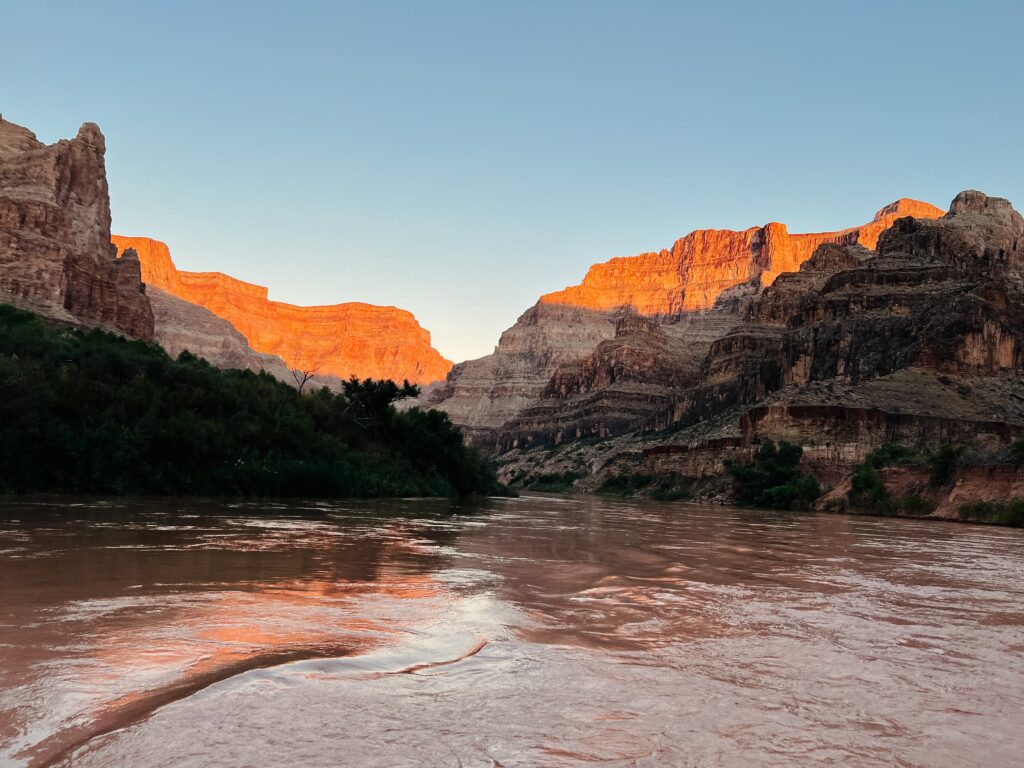The Renewable Portfolio Standard (RPS) is a regulatory framework that requires states to generate a certain amount of electricity from renewable energy sources. For instance, under its RPS, California aims to generate 33 percent of its electricity from qualifying renewable energy sources by 2020. To accomplish this goal, most state RPS programs require utilities to buy a certain percentage of their electricity from renewable sources.
One of the key elements of an RPS is the types of energy sources that qualify as renewable. Typically, solar and wind are the most preferred renewable energy sources in an RPS. Since the goal of an RPS is to encourage the development of new renewable energy sources, most states don’t let existing hydropower qualify. Currently 37 states, including the District of Columbia, allow some form of hydropower in their RPS programs. However, each state treats hydropower in its own way. In some states, hydropower is restricted by size (e.g. 200 MW in Vermont) while in others it is restricted by technology (e.g. pumped storage does not qualify in Maryland).
This table gives an overview of the RPS standards for various states. Note that not all states have a RPS standard yet. The information below is the most current as of July 2014.
The amount and types of restrictions, as well as whether or not an RPS exists, varies widely across the United States. Nevertheless, some regional trends do exist.
Northeast
All northeastern states have RPS goals and some restrictions on hydropower. New England has slightly better policy than the non-New England northeastern states (such as New York, New Jersey, and Pennsylvania) with respect to hydropower regulation.
For example, Massachusetts implements or plans to implement wave, tidal, and marine/hydrokinetic energy along with other renewable energy sources to meet its goal of 25% by 2030. As for hydropower policy, it aims to depend mostly on new hydropower facilities and old hydropower facilities that have undergone efficiency improvements. All facilities will ensure that fish passage, water quality, and flow maintenance are considered. While states like Maine, Connecticut, and New Hampshire have very similar policies, Vermont is more lenient; all hydroelectric facilities producing 200MW or less will be classified as renewable energy sources, regardless of their impact on surrounding ecosystems.
Midwest
Overall, the Midwest’s hydropower policy does not take into account the damaging impacts hydroelectric facilities can have. While almost all the states have RPS goals, some are voluntary and Nebraska does not have a RPS. For many, the focus is on wind energy.
One exception to the trend is Ohio, who must obtain 25% of its energy from renewable sources by 2025. Hydropower facilities that keep flows suitable for fish and wildlife while maintaining good water quality are considered to be renewable sources. In addition, these facilities must not significantly alter seasonal fluctuations of the river and comply with the Endangered Species Act. Finally, its policy states that hydropower facilities must protect the watershed and not harm cultural or recreational resources.
On the other end of the spectrum sits Nebraska – who is without RPS goals –, Indiana, and Iowa. Indiana has a voluntary RPS program which asks that an average of 7% of energy comes from renewable sources between 2019 and 2024. In addition, they consider all hydroelectric facilities to be renewable energy sources. Iowa, who has not updated their mandatory 105MW goal by 1999, considered small hydroelectric facilities to be renewable energy sources without defining small in terms of megawatt production.
South
Out of the all 17 southern states (including the District of Columbia), only 8 of them have RPS goals. Most of the states without a RPS are those in the Deep South (Alabama, Florida, Georgia, Louisiana, Mississippi), followed by the surrounding southern states (Arkansas, Kentucky, South Carolina, Tennessee). West Virginia and Mid-Atlantic states like Maryland, Delaware, Virginia and the District of Columbia have RPS goals more similar to the Northeastern and Midwestern states.
Delaware, in particular, has a RPS very similar to those of the northern states. It has a goal of producing 25% of its energy from renewable sources by 2025 and plans to use wave, tidal, and current energy. In addition, it considers small hydroelectric facilities – defined as those producing 30MW or fewer – that meet Delaware Department of Natural Resources and Environmental Control standards as renewable energy sources.
Of the Deep South states that do have a RPS, Texas’s goals and hydropower restrictions are the least restrictive. It must produce 5,880MW – or around 5% – of it energy from renewable sources by 2015 and 10,000MW by 2025. It will use tidal and wave power in addition to all hydroelectric facilities to reach this goal.
West
Overall, the Western states are relatively divided in terms of their RPS goals and hydropower restrictions. Only two (Idaho and Wyoming) out of the 11 western states do not have a RPS. Those that do, have relatively high but reasonable goals. California and Oregon seem to take the health of their water bodies into consideration most, while Idaho, Wyoming, and New Mexico have little policy protecting their river ecosystems.
California must produce 20% of its energy from renewable sources this year and 33% by 2020. Wave and current energy are used to help meet this goal, as well as small hydroelectric facilities – defined as those producing 30MW or less – that do not have negative impacts on in-stream beneficial uses. In addition, these facilities cannot cause a change in volume or timing of stream flow.
On the other hand, Idaho and Wyoming do not have any RPS goals. New Mexico, with a requirement of producing 20% of its energy from renewable sources by 2020, considers energy produced at all hydroelectric facilities built after July 2007 as counting toward this goal. This policy does not consider environmental impacts or effects on river ecosystems caused by hydroelectric facilities.
Pacific
Because this region only consists of two very different states, it is not possible to make a generalization. Hawaii, with a mandatory RPS goal of 15% by 2015 and 40% by 2030, plans to take advantage of its location by using falling water, waves, tides, and currents to obtain its energy. Alaska does not have RPS goals in place.
In various states, attempts are being made to include existing hydropower to be eligible for RPS. This is problematic because such a move would do nothing to create new renewable energy sources. Many of the utilities will be able to claim their existing hydro portfolio as being eligible under the RPS and could easily meet their targets without developing new sources of renewable energy, which would defeat the purpose of an RPS.
The Coalition believes that the following principles should be applied for hydropower under any RPS:
- No new dams
- No existing hydropower except incremental hydropower that includes capacity additions at existing projects or efficiency improvements at existing hydro projects
- Hydropower projects that take additional steps to protect the local system- for example, through the Low Impact Hydropower Institute’s certification program.
Green pricing
Many utilities around the nation include hydroelectricity in their green pricing programs- aimed at Green Pricing promoting renewable energy sources. While HRC supports green pricing programs in principle, we do not agree with including damaging hydropower projects.
HRC recommends that only facilities certified by LIHI (or an equivalent program) be included in green-pricing programs. We also call for greater transparency in the program so that customers know that the energy source they are supporting is not damaging to the environment.



